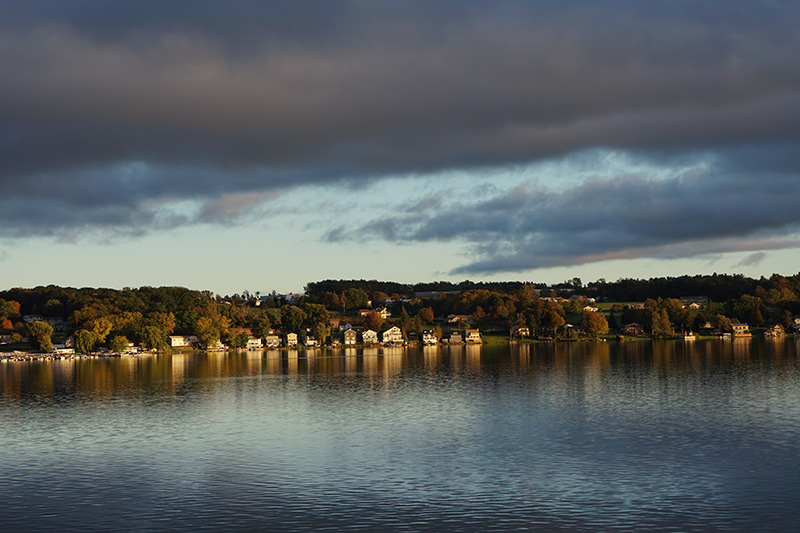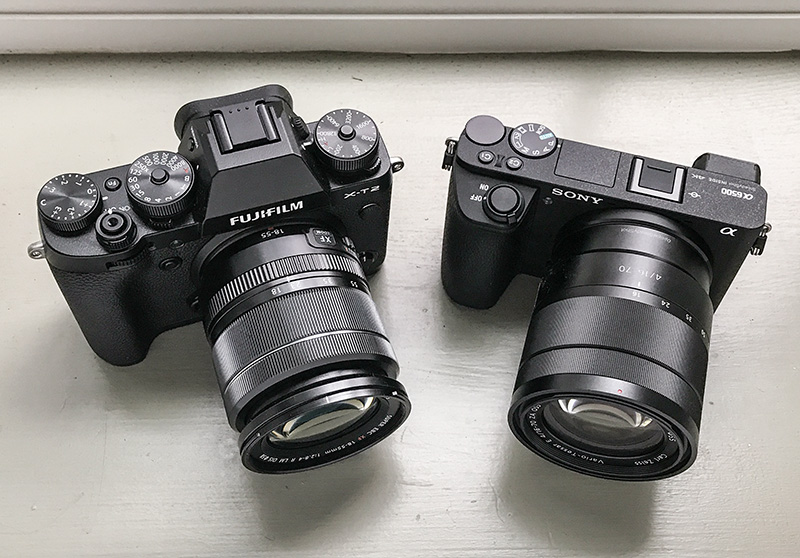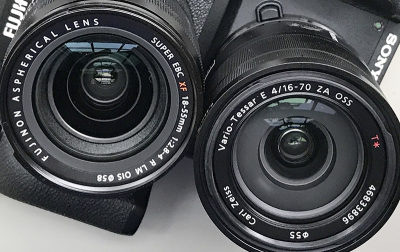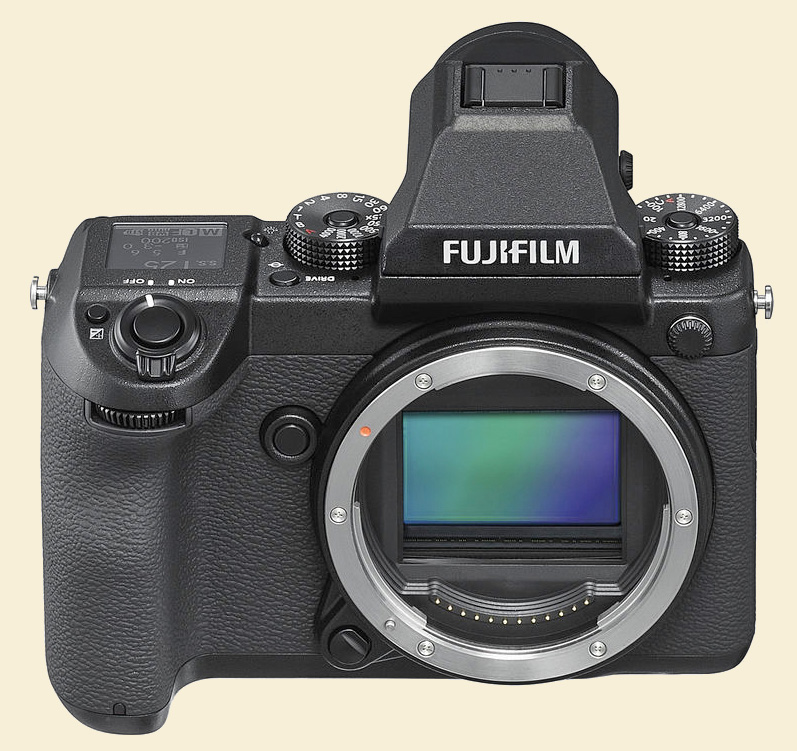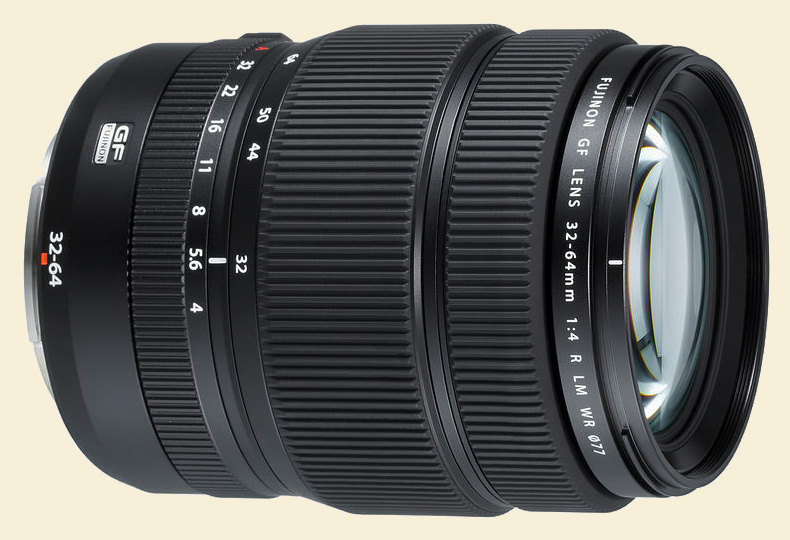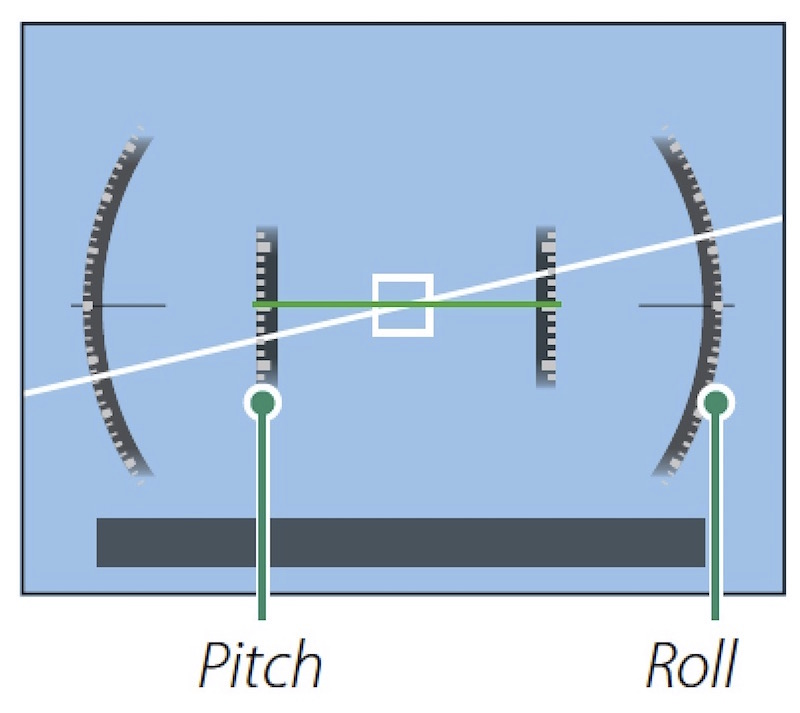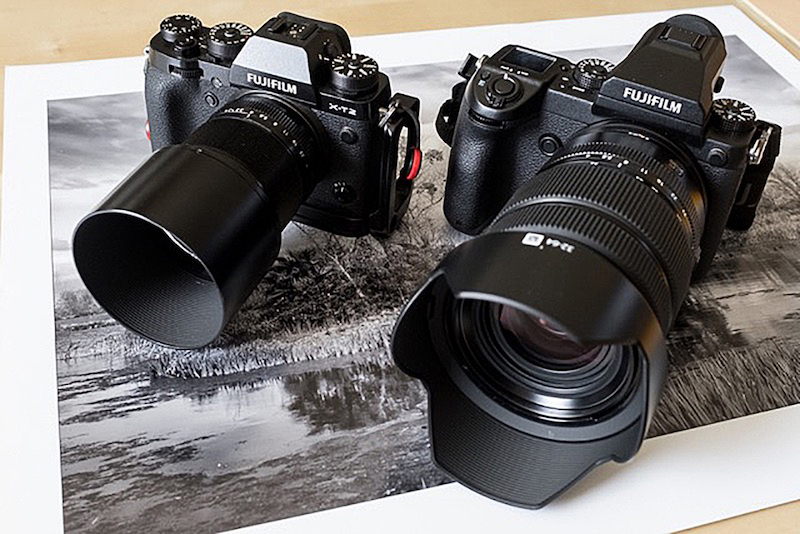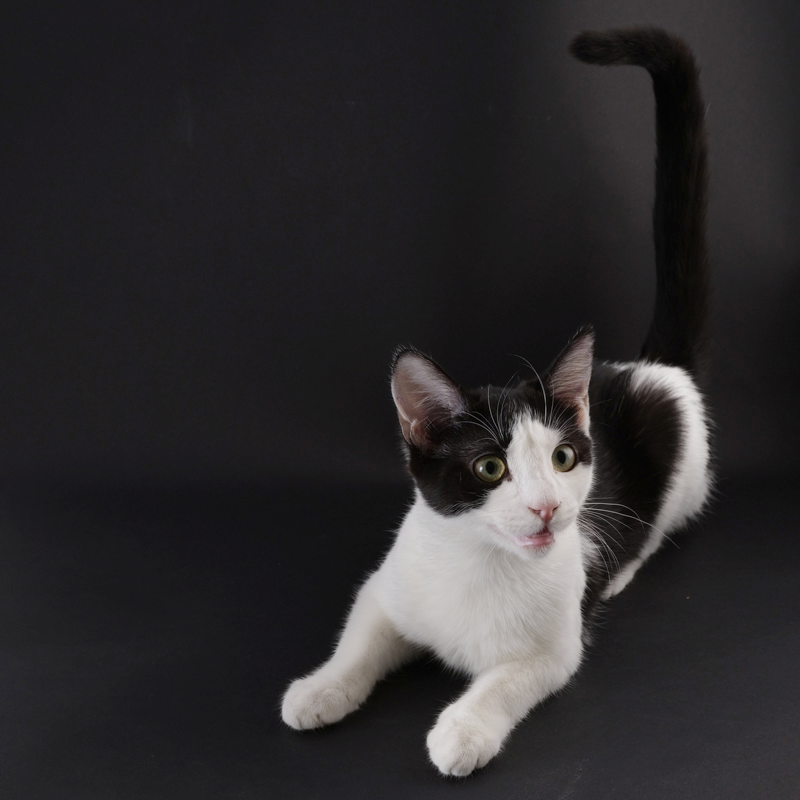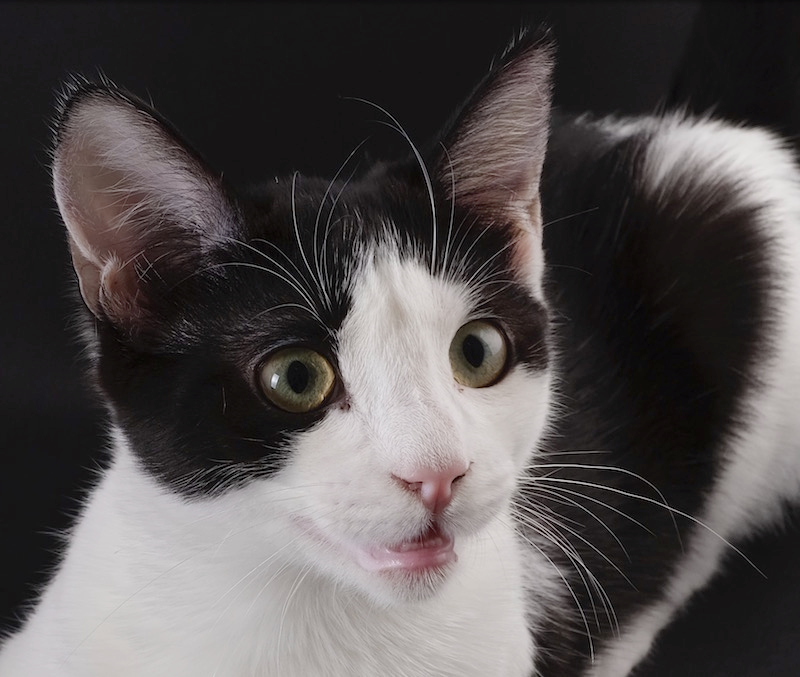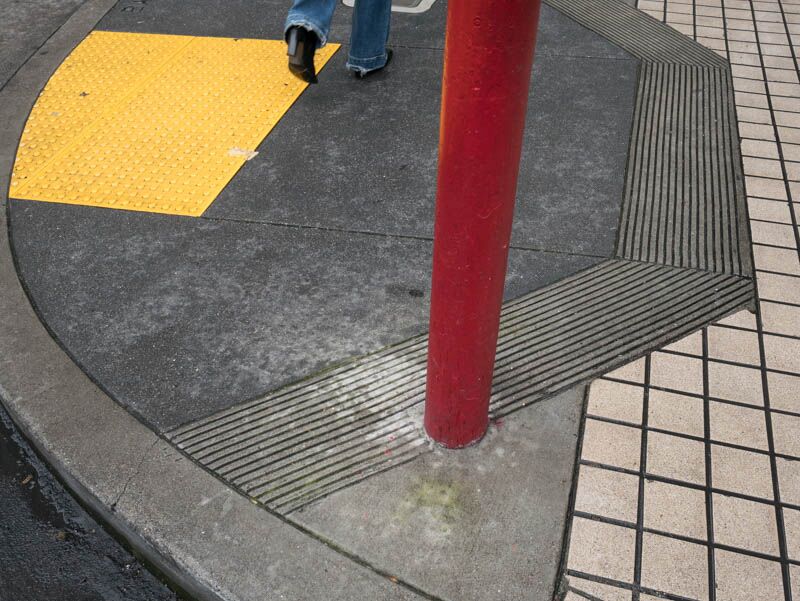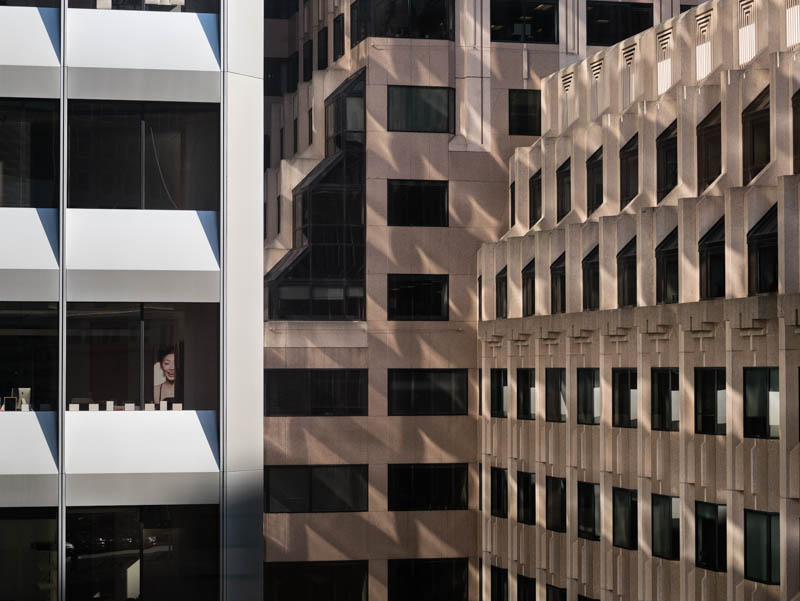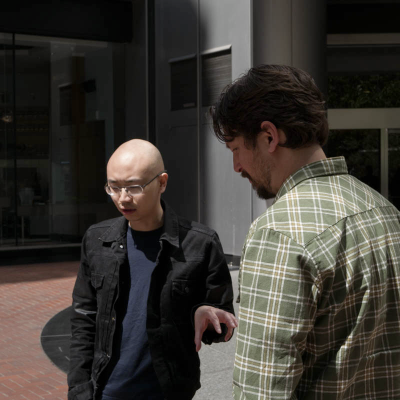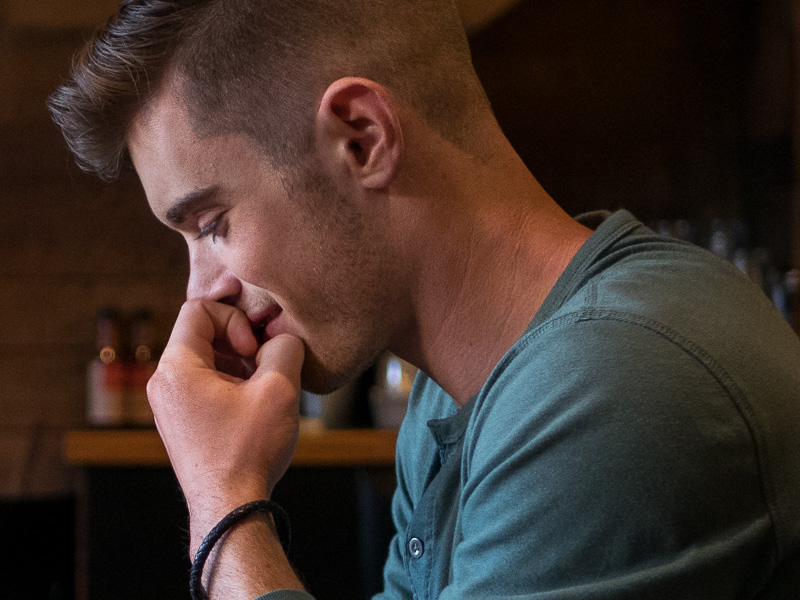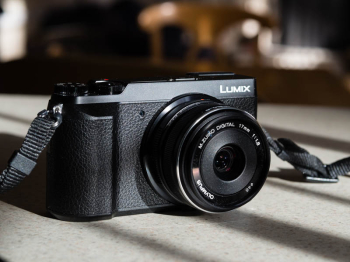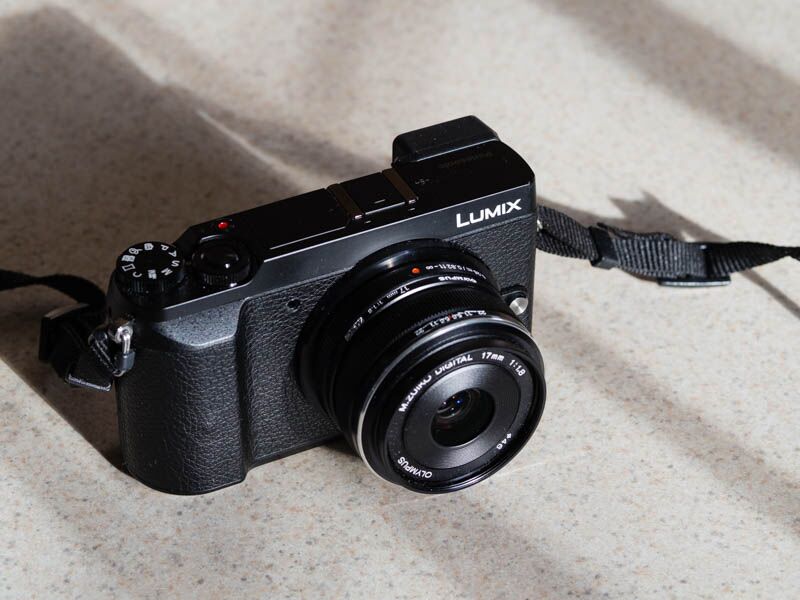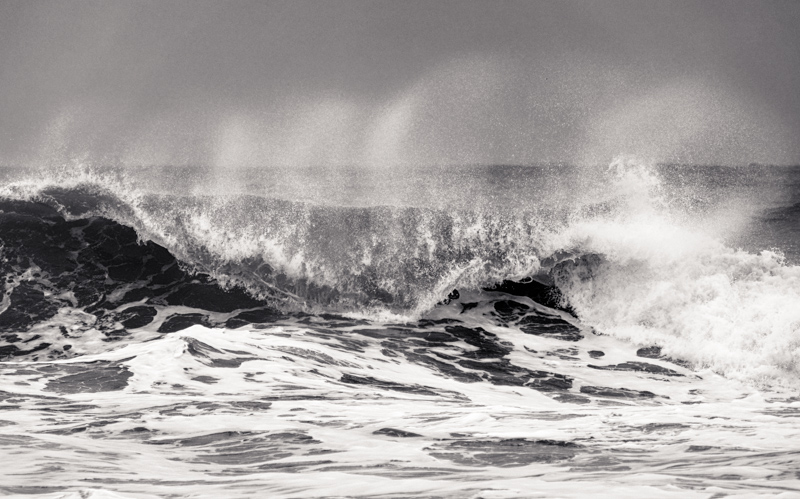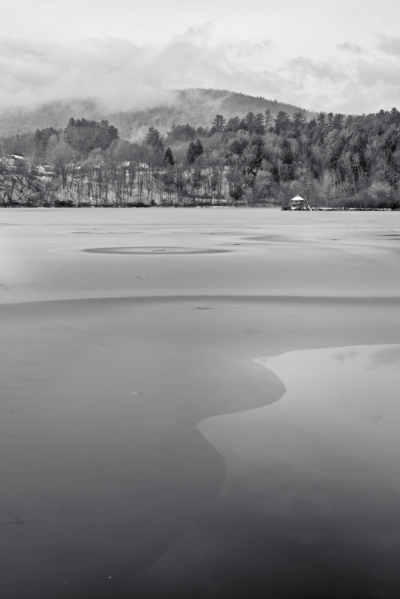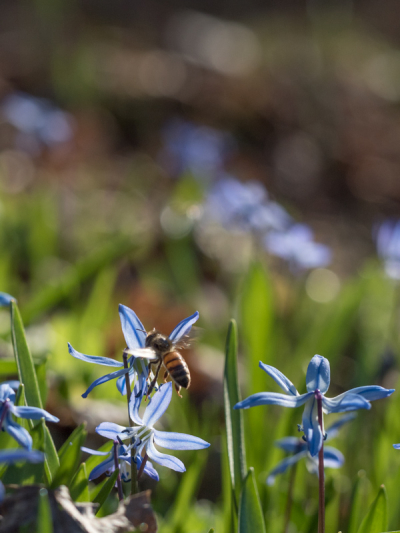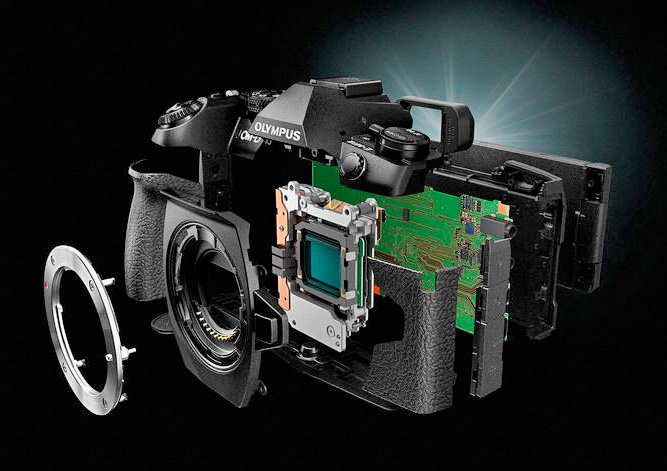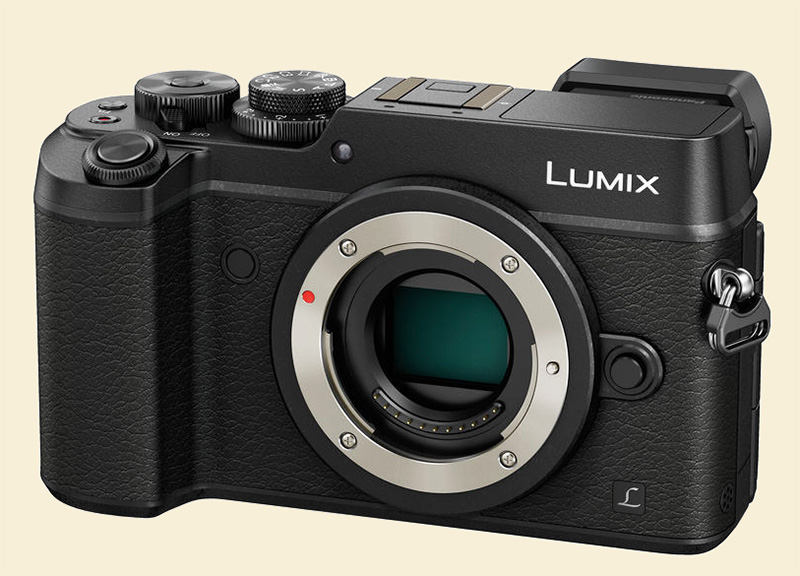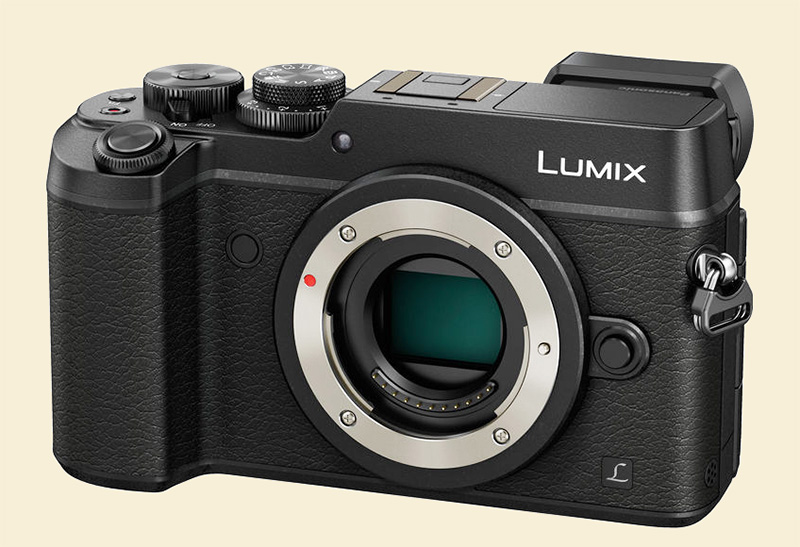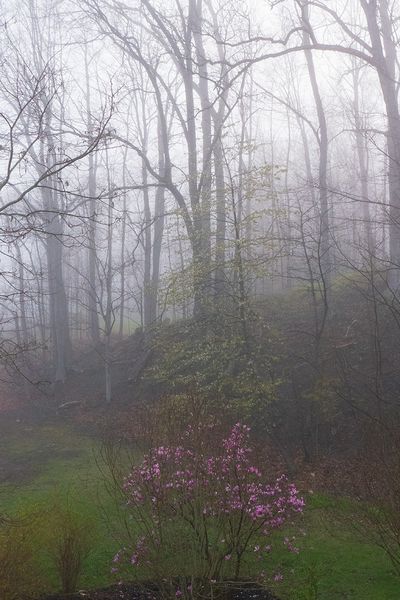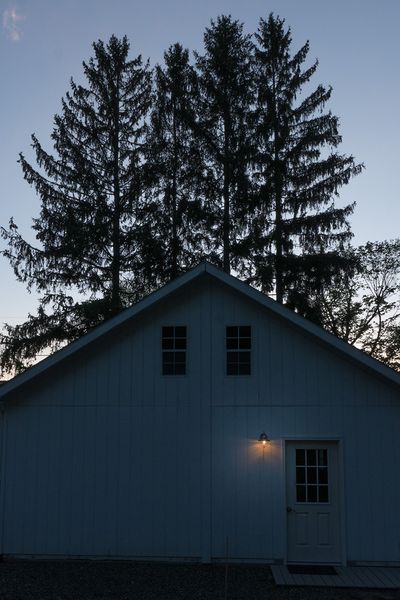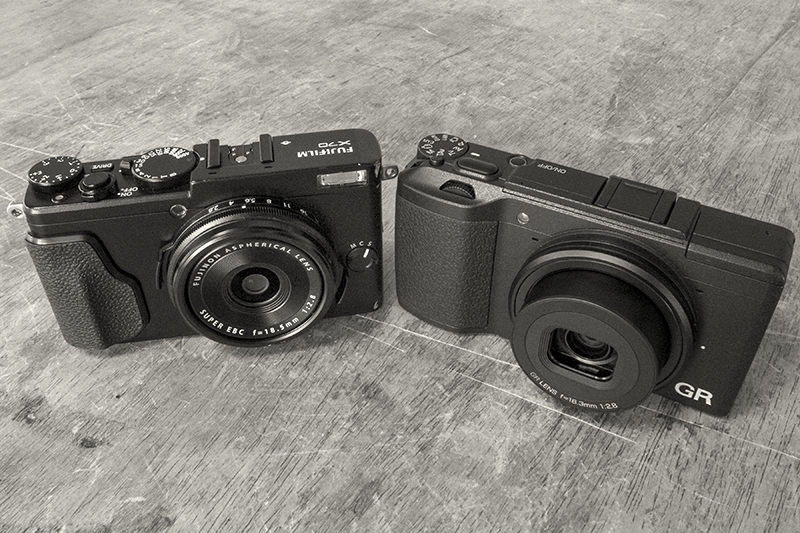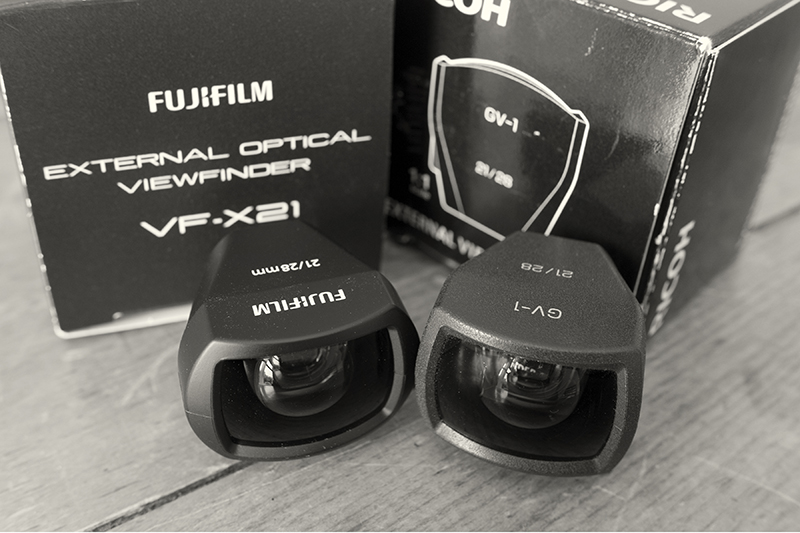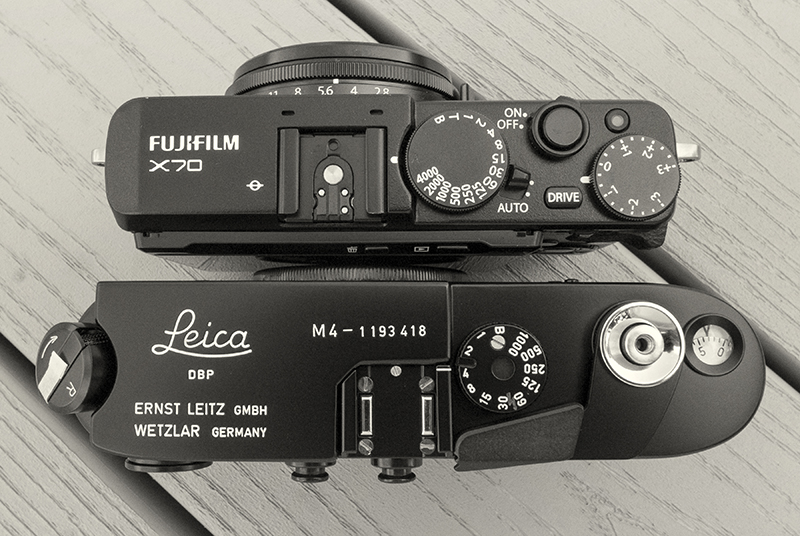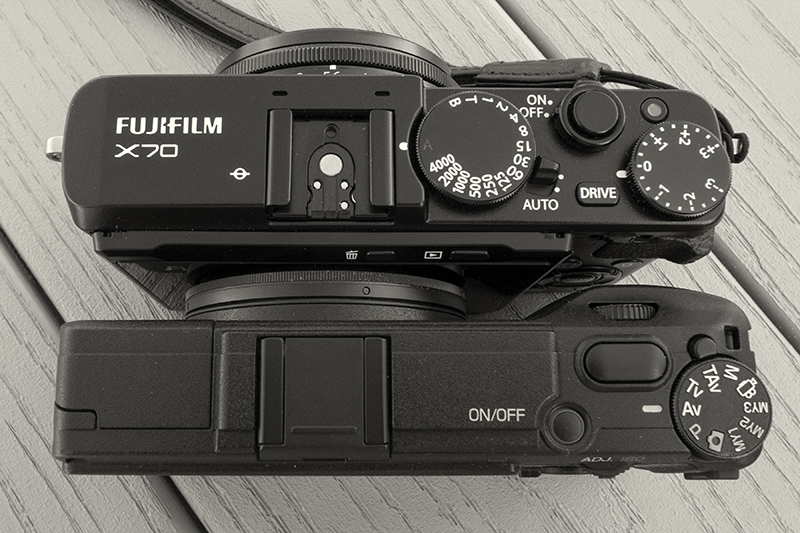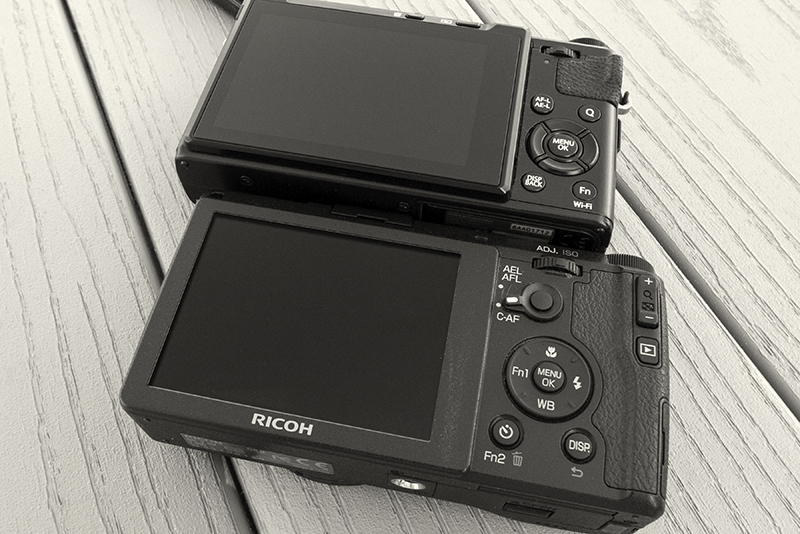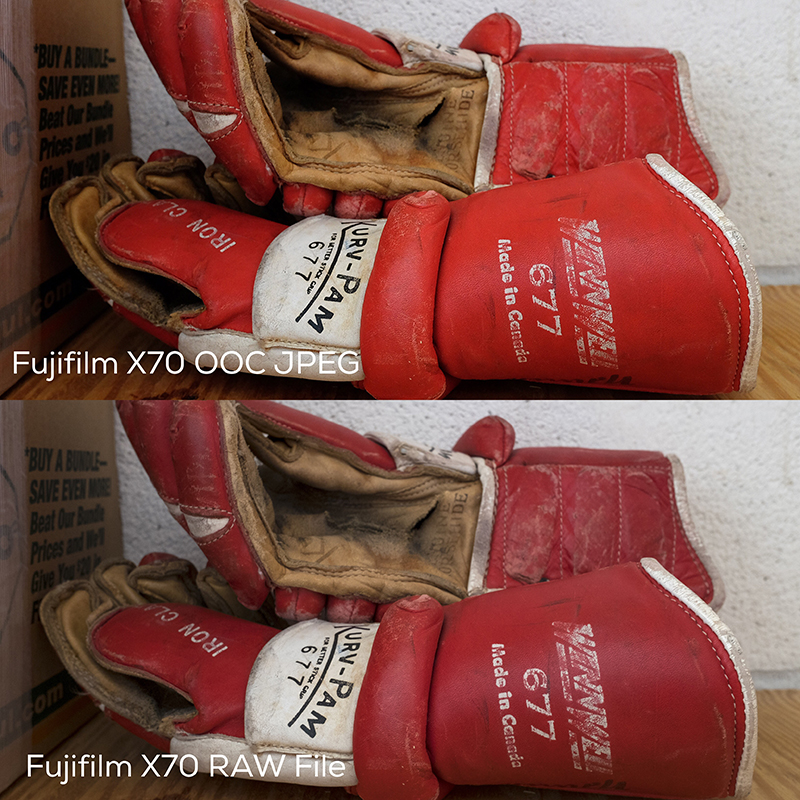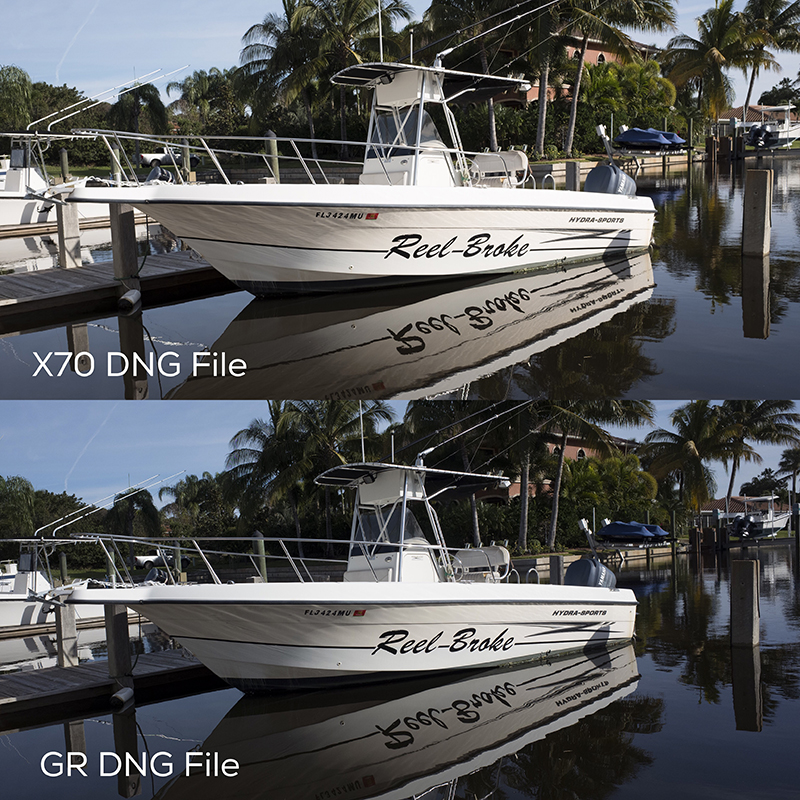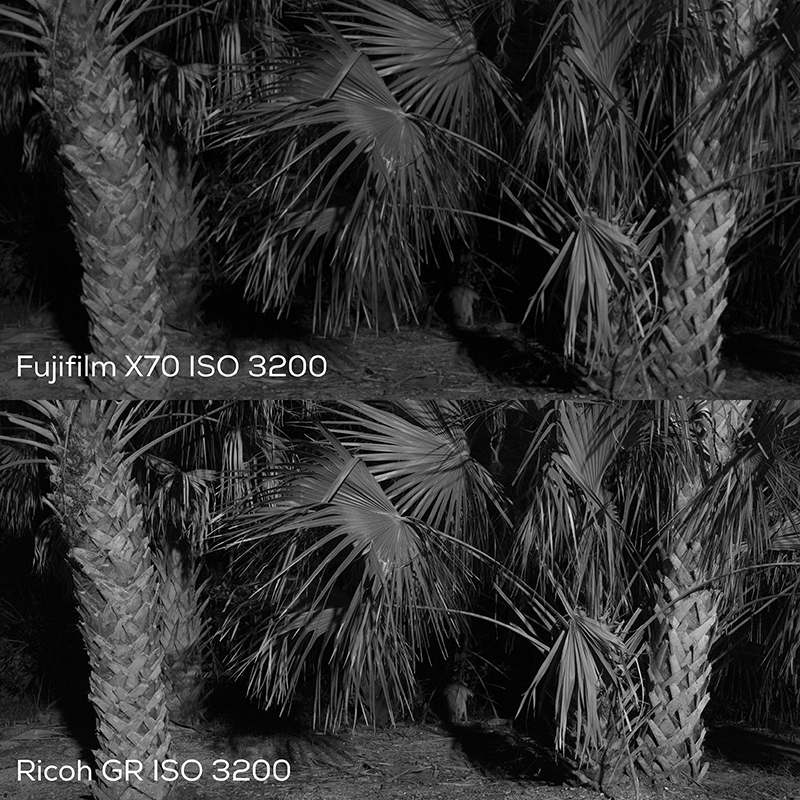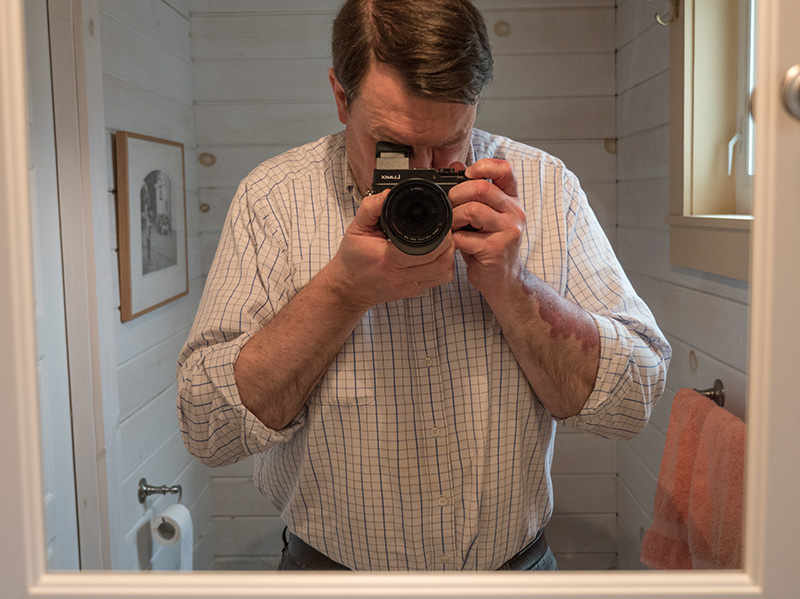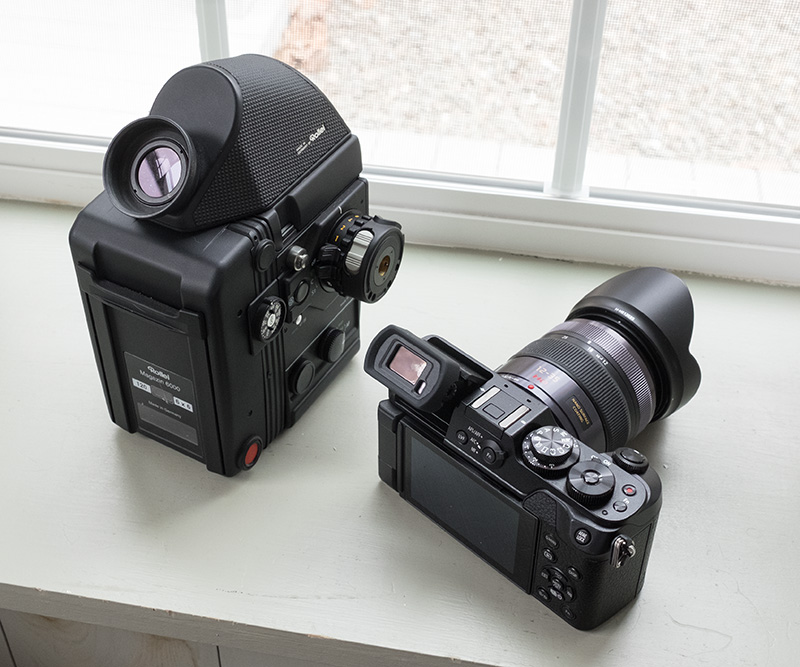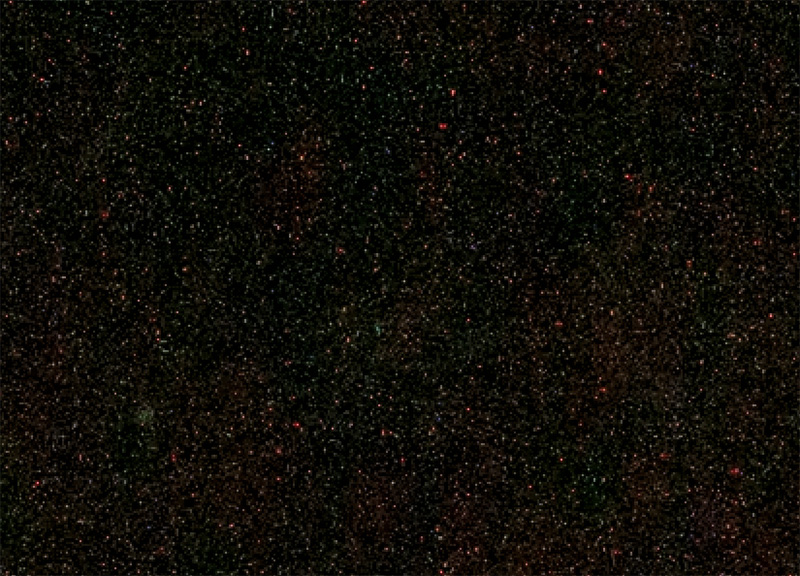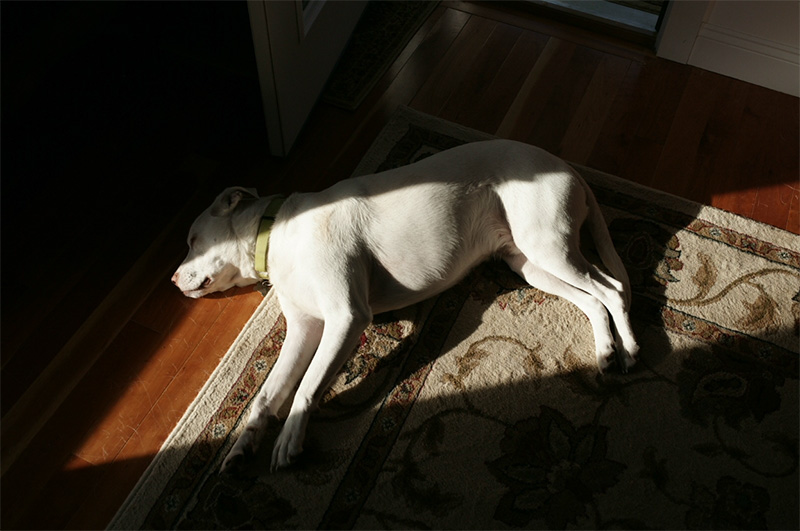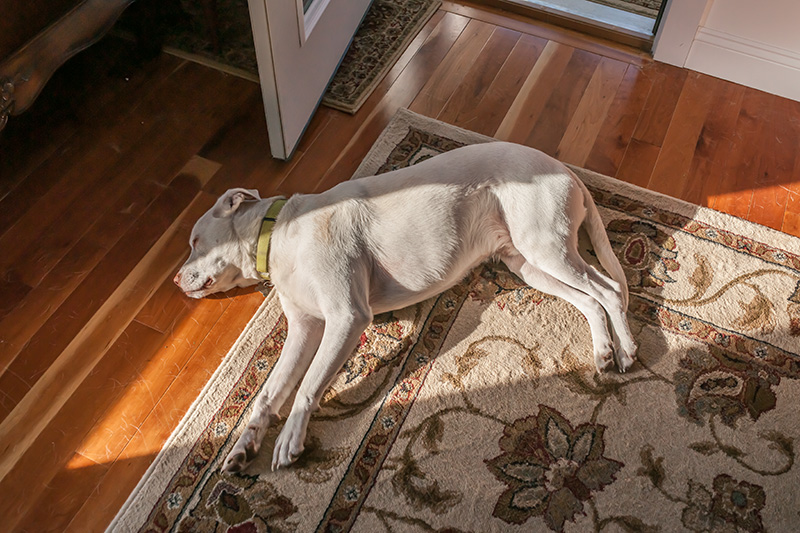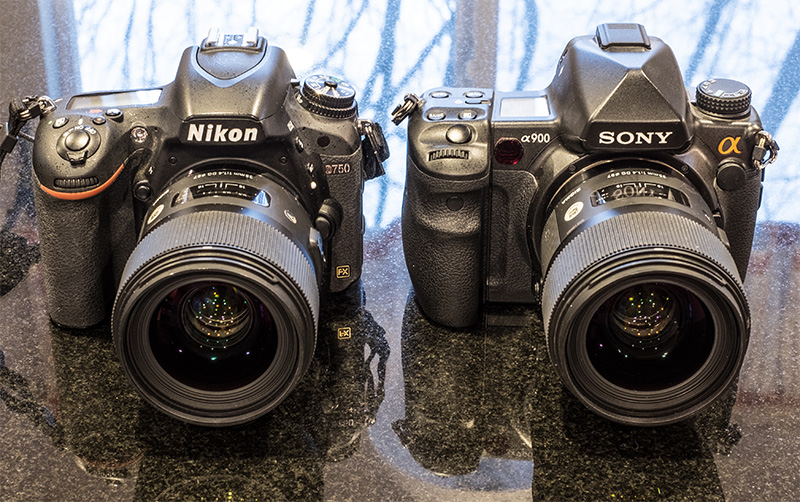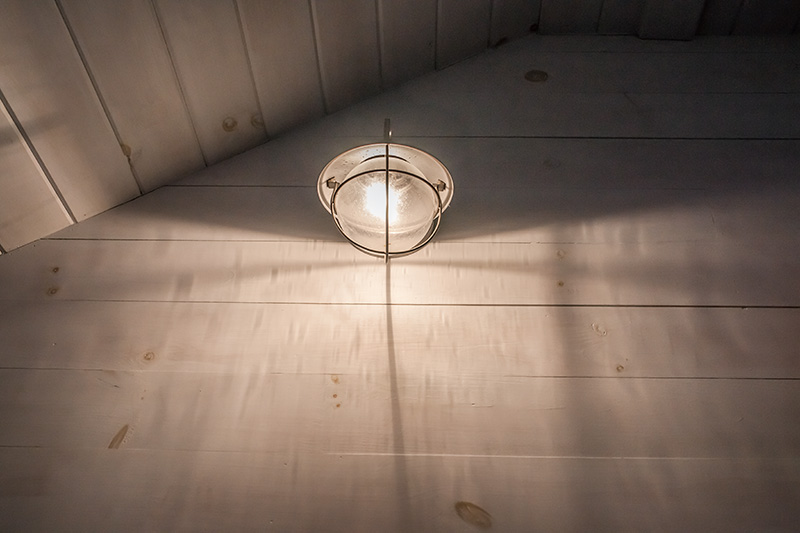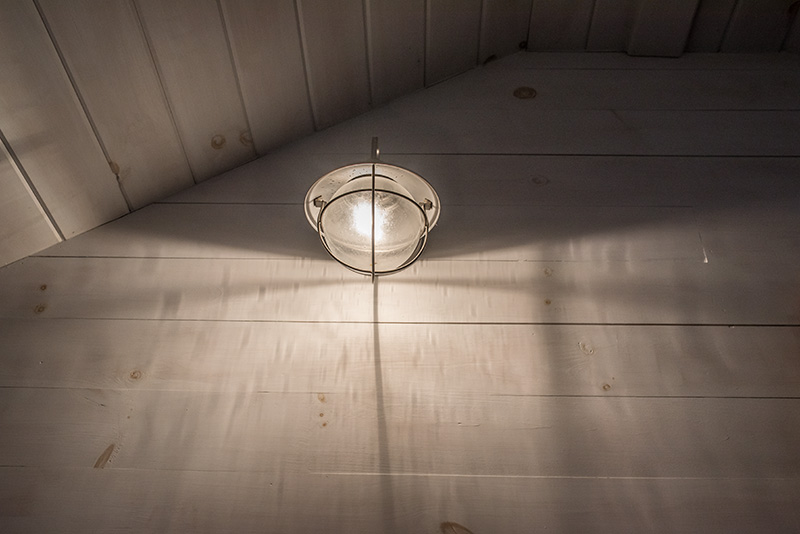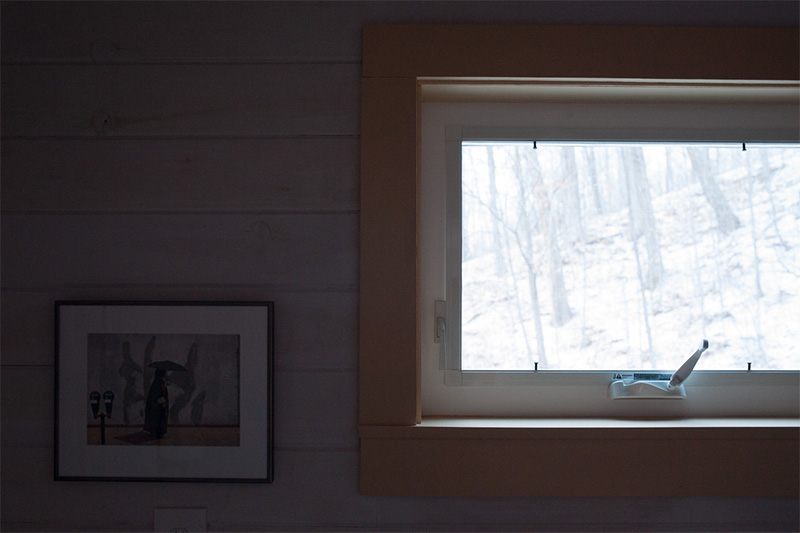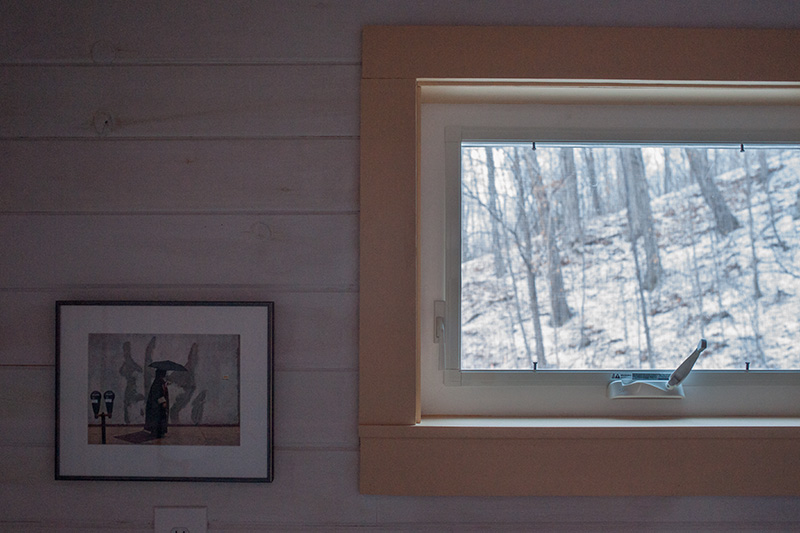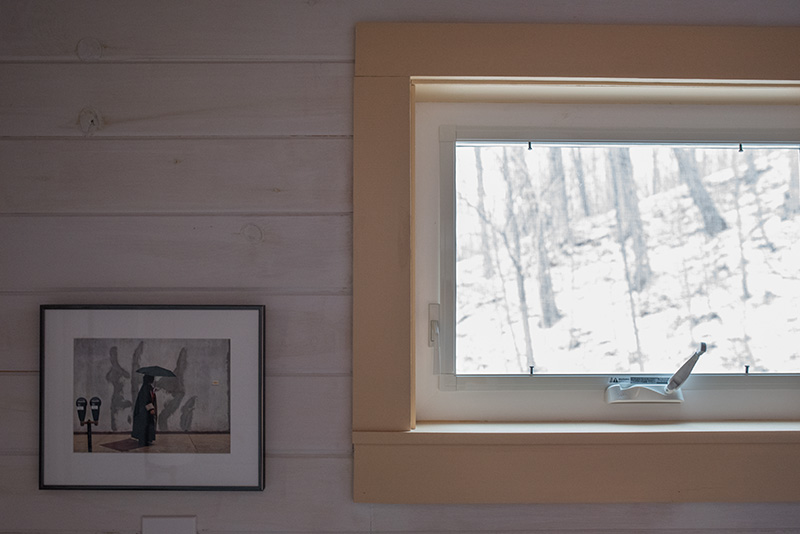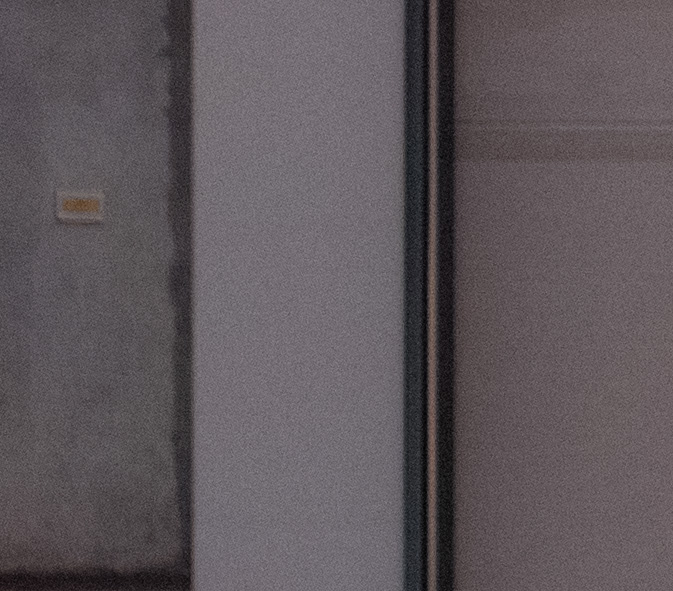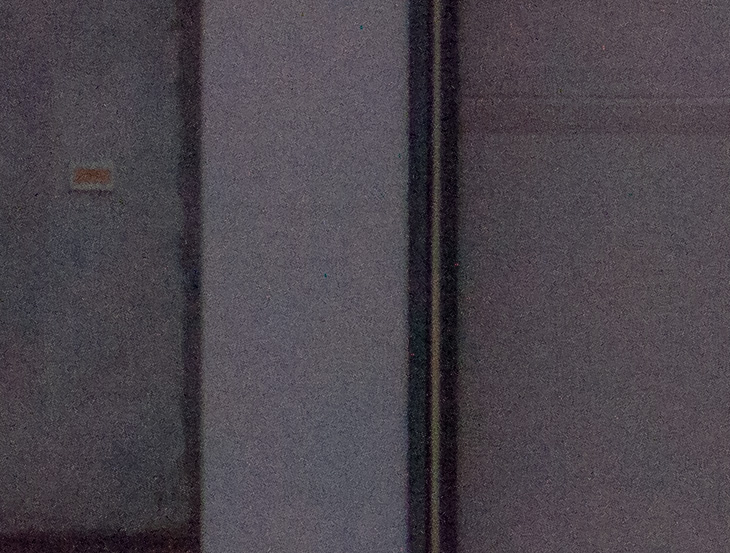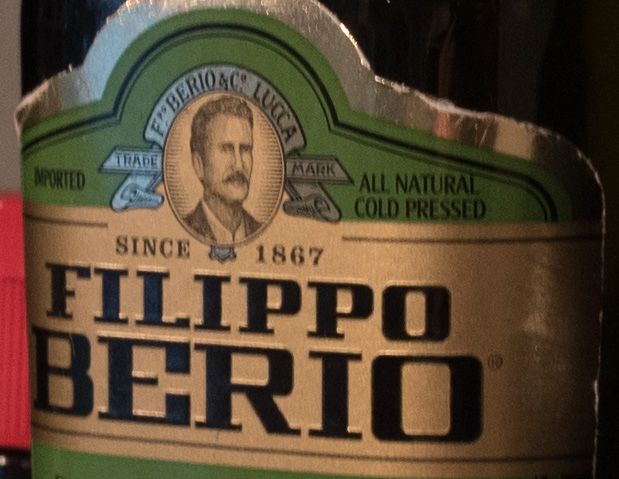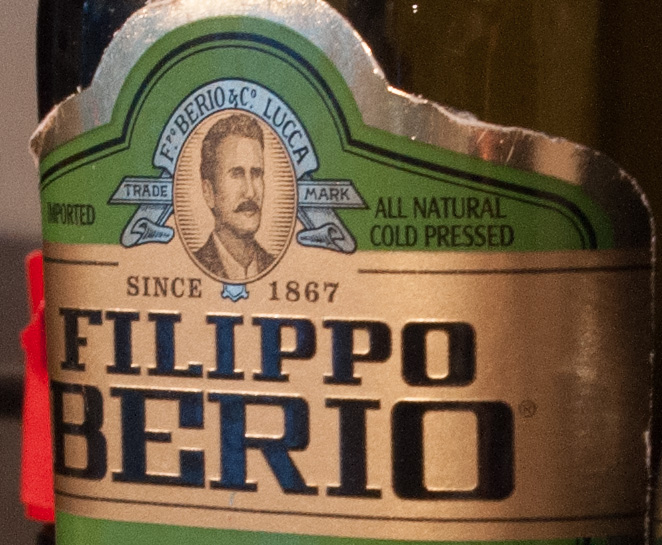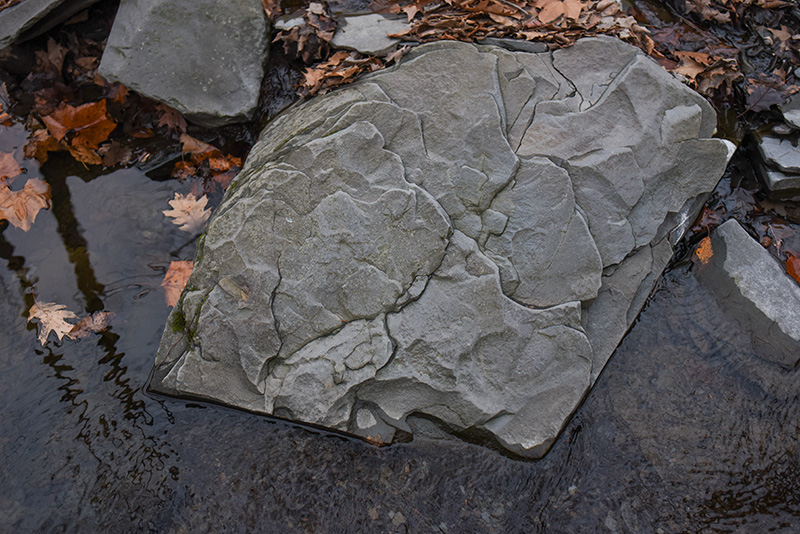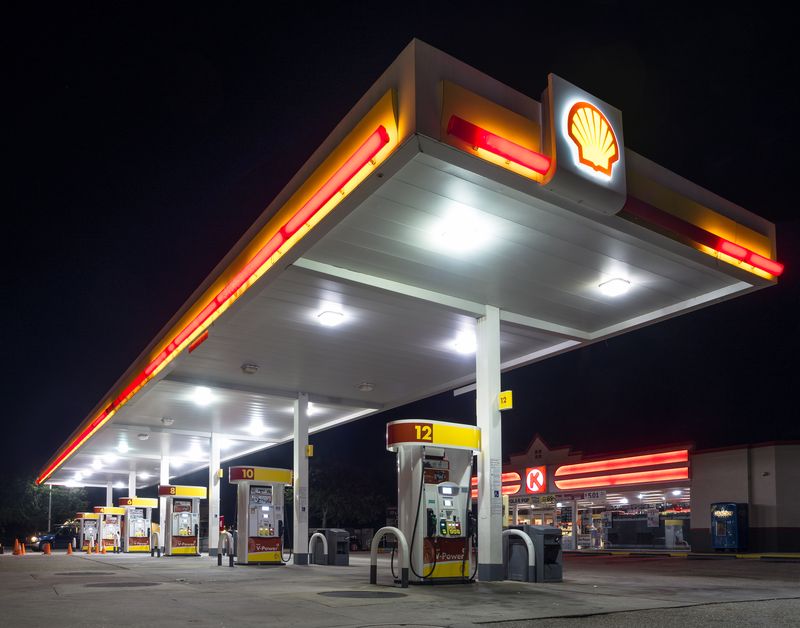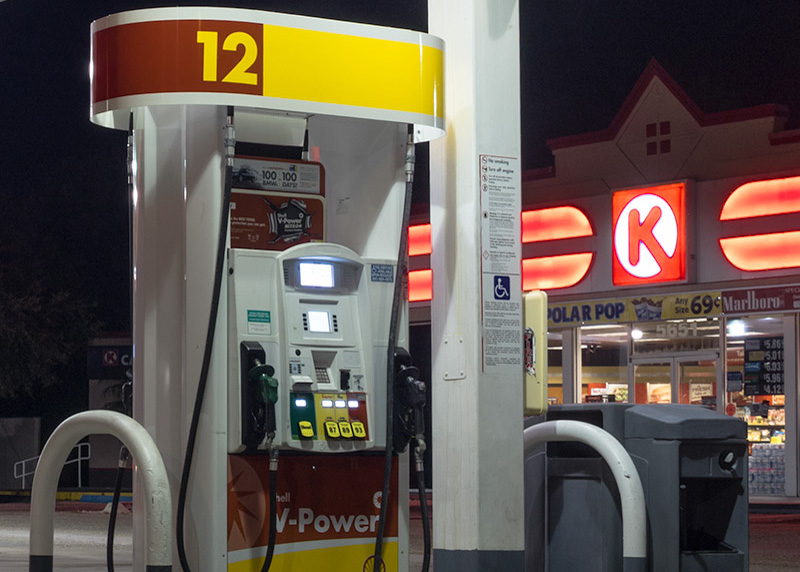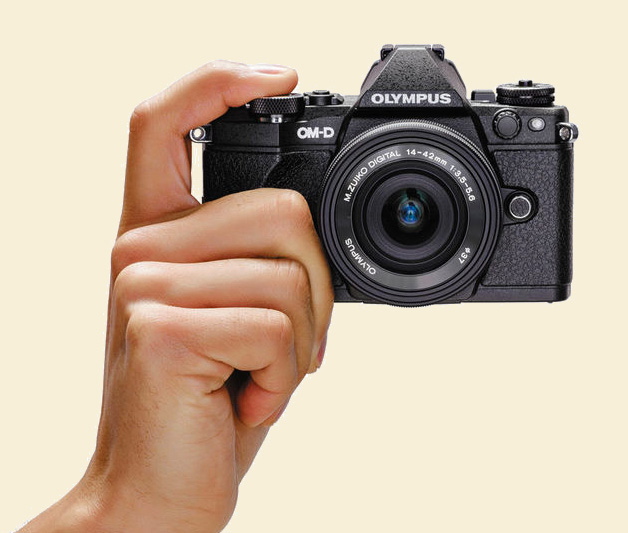In the Comments a few days ago, Tim Bray asked:
I read most of your stuff but don’t recall ever seeing a piece about why, among all the different sizes and shapes and provenances of cameras that pass through your hands, you adopted the Fujifilm, in an era when there are so many alternatives, all good. If you didn’t write such a thing, perhaps you should.
The first thing to say is that I don't really think it's important what I choose. It's common on the Internet for people to make a big deal when they switch systems, as though their allegiance was somehow globally important. As a reviewer, I don't care what you use and I don't think you should really care what I use—the point is for each of us to use what suits our own taste and what's best for our own work.
Naturally we like what we use...that's why we chose it; and sometimes that extends to results that are distinctive. So when we see other people using the same equipment, we might tend to like their results a little more. In that way, say, large-format photographers might prefer looking at other large-format work, and so on like that.
But I'm mainly in favor of people finding the right camera for themselves. I'm especially enthusiastic about helping people find cameras that they'll enjoy using and owning and that will enhance their enjoyment of photography. (I get pleasure out of photography and I like it when others do too.) But whether that camera is a Sigma Foveon, a 4x5 view camera, a full-frame professional Canon DSLR, or a small-sensor bridge camera that goes to 1200mm-e doesn't matter so much to me.
In the old days when people would ask, "Should I use a Nikon or a Canon?" I'd say, "sure."
That is, pick one or the other. Which you would choose is up to you and really makes no difference to anyone else.
So, with that caveat in mind....
I backed into Fuji in an odd way. As with most camera types and brands, I was originally accused of not caring about Fuji or paying any attention to them. (Also in the old days, I would get accused, simultaneously, of being a Leica partisan and also of being anti-Leica.) When Sony's NEX cameras came out I was accused of ignoring them, and yet in due course I ended up using one as my main camera. Same with Fuji. Why didn't I ever pay attention to Fuji?
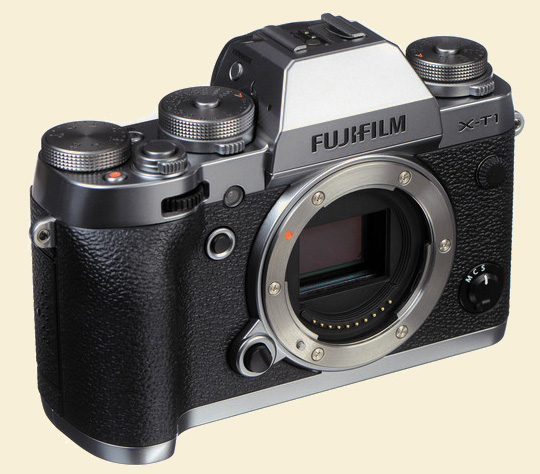 Mine's black. I just wish it were silver. I'm going to try to snag one of these
Mine's black. I just wish it were silver. I'm going to try to snag one of these
as a second body once they're discontinued.
So I figured I'd give one a try, and asked B&H Photo to send me one of the then-new X-T1's ($1,149) and a 23mm ƒ/1.4 lens ($749) (35mm-e being my "home" or "normal" focal length).
This next bit is quite embarrassing, but hey, to quote David Vestal, "I'm in the disclosure business." Gotta be honest, even if it makes me look foolish.
I forgot to return it.
And forgot again.
This got so embarrassing that when I was about a month late getting the X-T1 and 23mm back to them, I decided it would be easier to pay for it. I figured I'd use it for a while, write about it, and sell it on. I'd be out some money, but I can justify that if it's something I write about.
And then I just fell more and more in love with the thing. To the point that it now ranks with the Contax 139Q (1979) and the Olympus OM-4Ti (1986) as one of my favorite cameras ever.
Perfection!
...Not. Nothing's perfect. But some things fit us. The X-T1 hasn't pushed Ken Tanaka's buttons, and Michael Reichmann wrote (astutely) about the camera's shortcomings in his "Further Thoughts" article. Without hitting a laundry list of features, I can summarize what I like about the Fuji easily by naming the top five things I like best about it. (Keep that opening caveat in mind; not everyone agrees with me on all points.)
• The way the files convert to B&W. Tonal properties in B&W are poorly understood in the camera and photo communities of the Internet. But it's something I'm very sensitive to and that I discuss often with fellow mavens of the subject such as my friend Oren Grad. It's one of those things that's difficult to write about; if people are going to challenge your statements, articles on the subject would have to be strongly supported with experimental evidence and technical background. (I could write a great article on the subject if I had a month of time free.) But I both know more about B&W tonality than most people, and also have strong tastes of my own. As you might understand, I'm very particular about what I like. X-Trans sensor files converted to B&W using Silver Efex Pro 2 are the holy grail I've been waiting for for many years in digital, or close enough.
• The dynamic range (DR) of the X-Trans sensor. Some opinionators dislike the X-Trans sensor and others dislike using Adobe Camera Raw with its files; can't say I agree. I love the way you can drag the highlights back down and crank open the shadows with these files without making them look like heavy HDR. Traditional film B&W technique was mainly the art of controlling contrast, and early digital was as bad as transparency film...it sure is liberating to have such freedom. (DR is related to tonality.)
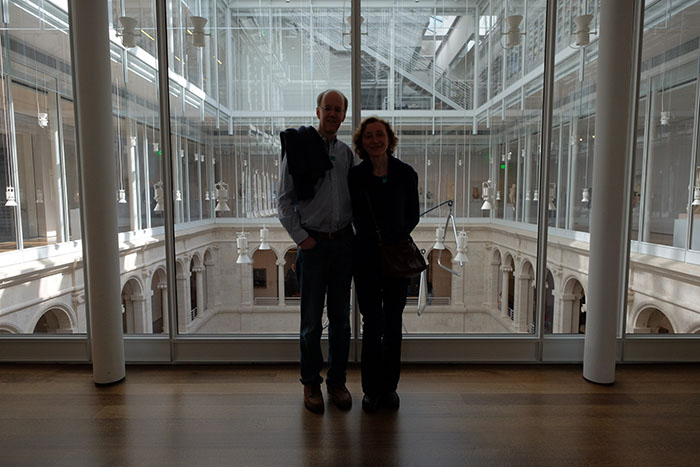 Scott and Tatiana at the Harvard Arts Museum, uncorrected
Scott and Tatiana at the Harvard Arts Museum, uncorrected
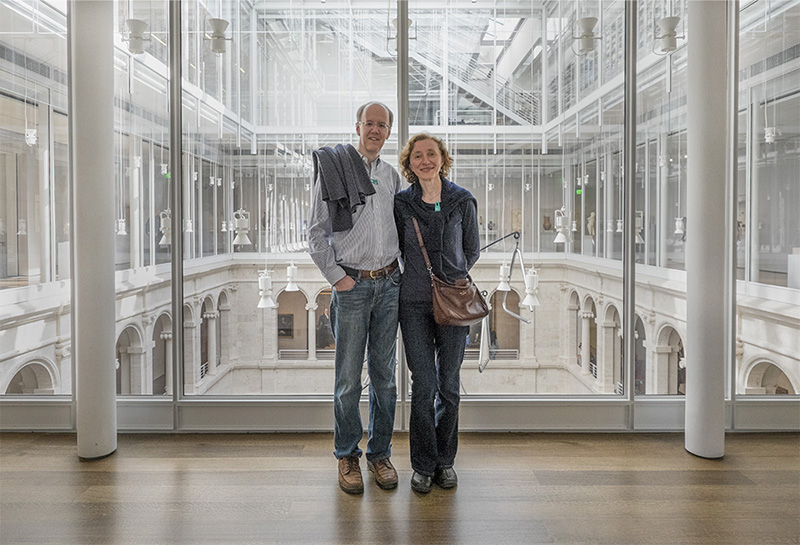 Scott and Tatiana, quick correction for sharing by email
Scott and Tatiana, quick correction for sharing by email
One further thing I'll say about the sensor and the resulting image files is that the quality is plenty good enough for my work. I shot 35mm and medium format in film, and was happy with the tradeoff; and I've owned a Sony A900 and Nikon D800 full-frame DSLRs, and I'm also just fine with the 16-MP X-Trans APS-C sensor in comparison to bigger dawgs in the digital world. It's not a compromise for me. YMMV.
• The viewfinder. The baseline for me is that I've gotta see things, and I've always liked big, beautiful viewfinders. The way that any particular camera "finds the view" is an essential part of how it allows you to interact and respond visually to the look of the world around you. What each of us likes depends on what we're accustomed to, what best suits to way we tend to conceive of what we see, and whether the viewfinding mechanism or method offered by the camera is technically good. Optical viewfinders (OVFs) are superior in some ways and electronic viewfinders (EVFs) are superior in others; my preference now tilts toward EVFs. Fujifilm obviously put some serious work into the X-T1's wonderful viewfinder—it's one of the nicest available with today's technology.
• The lens lineup. I've often mentioned that my lens hobby is separate from my photography hobby, but so far I love what I've seen from the Fujifilm XF lenses . I only own two so far, but I've looked at a lot of work made with them. Moreover, I like Fuji's choices; the whole lineup has a sensible, through-designed feel to it, in contrast with the "evolving motley" approach of some other systems, which fill gaps haphazardly and press odd bedfellows into service to make up sensible lens sets. I seldom get the luxury to build up a lens arsenal in one system like other dedicated amateurs naturally do. I'm strongly considering doing so this time around.
. I only own two so far, but I've looked at a lot of work made with them. Moreover, I like Fuji's choices; the whole lineup has a sensible, through-designed feel to it, in contrast with the "evolving motley" approach of some other systems, which fill gaps haphazardly and press odd bedfellows into service to make up sensible lens sets. I seldom get the luxury to build up a lens arsenal in one system like other dedicated amateurs naturally do. I'm strongly considering doing so this time around.
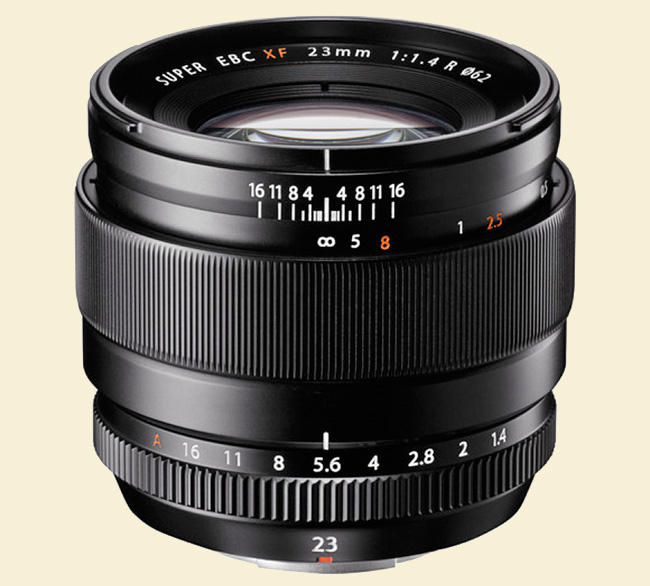
The 23mm, which I use as a normal, is a beautiful lens in just about every way except its lack of weatherproofing: it's small and compact, fast, performs well wide open, has perfectly fine, unobtrusive out-of-DOF blur (bokeh), and great resistance to flare. And I'm besotted with my new distortion-free 14mm, which is a special lens I'm enjoying greatly so far. I'm very happy to be in this lens line right now.
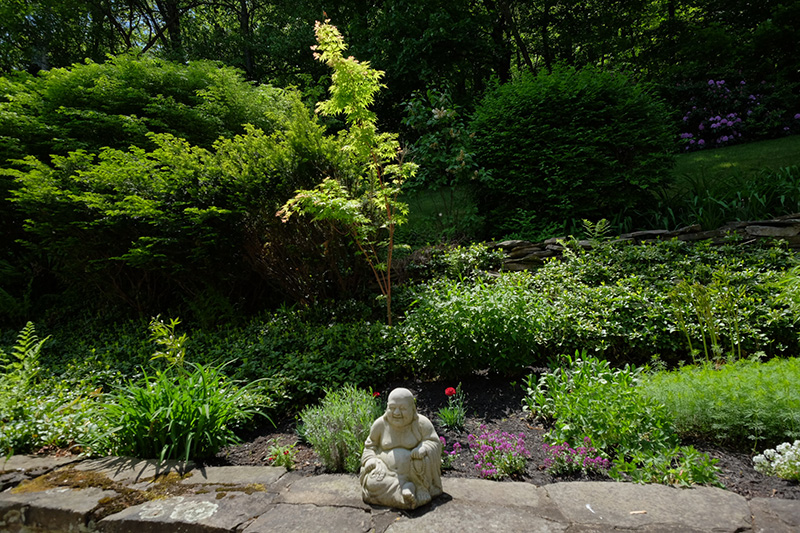 Garden Buddha and young maple, 14mm ƒ/2.8 XF
Garden Buddha and young maple, 14mm ƒ/2.8 XF
• The layout, design, and specs of the camera. Funny thing is, camera bodies are now a less important aspect of choosing a system than they used to be. We used to keep bodies for an average of eight or ten years, up to 30 or more; now we keep bodies for two or three years, up till, what, seven maybe? With Fujifilm in particular you have a wide range of body style choices. Fuji does a great job of updating firmware, which, as much as any brand or marque, usefully updates camera bodies you already own (new X-T1 firmware is due out soon). And if you don't like a particular body, the next generation will be along before you know it. They change like the seasons.
All that said, the X-T1 really suits me—I like the traditional dials 'n' buttons arrangements, the flip-out viewing screen, the lack of a built-in flash, the weatherproofing...and the size and weight hit sweet spots that I settled on as being ideal long before the X-T1 itself was a gleam in its designers' eyes.
More caveats
I acknowledge that camera choice is now a big part of the photo hobby...much bigger than it was when I first got into photography seriously in 1980. Still, it doesn't matter objectively as much as most people might think it does.
A little story: years ago I encountered a salesman at a golf shop. I mentioned at one point that I hardly needed fitted clubs because I was a rank beginner, and he told me something very interesting. He said that fitted clubs are most important for beginners. he said he'd been playing golf since childhood and was a scratch golfer (i.e., expected to play par golf—very good), and that he could play with just about anything; he had the skill to adjust to any clubs. He mentioned that Lee Trevino used to win putting wagers putting with a Coke bottle on a stick. In a perfect world, he said, it would be beginners who played with expertly fitted clubs. This wasn't salesmanship because he had never sold a set of fitted clubs to a beginner.
Similarly, it's beginners who really should make sure they have nice camera equipment that fits them. Longtime photographers can shoot with lots of things and make do, as long as the equipment is up to the tasks they need to use it for. Do you really think it matters whether Peter Turnley shoots with a Nikon or a Canon? He just masters whatever he's using and gets on with it. The pictures are what matter. So I'm sure I could use an Olympus E-M1 ($1,299) (or E-M10, $449) without any trouble. I know I could be happy with a Sony A6000 ($548) and that great 24mm lens ($1,098). I'd be delighted to shoot with a Sony RX1 ($2,798) or Sony Alpha A7 Mark II ($1,698). I could work for years with a Nikon D750
($2,798) or Sony Alpha A7 Mark II ($1,698). I could work for years with a Nikon D750 ($1,997) and not suffer a bit. I could even shoot with a Leica M
($1,997) and not suffer a bit. I could even shoot with a Leica M ($6,380) if I had to. (I'm kidding. Don't kill me.*)
($6,380) if I had to. (I'm kidding. Don't kill me.*)
So please don't think I'm saying that the Fuji is "best" in each of these five parameters, or that other cameras can't be just as good or better.
All I'm saying is that these are the reasons why I'm so happy with Fuji right now, and looking forward to more explorations, in several senses of the term, with the X system.
Mike
(Thanks to Tim)
*Although just for myself, I wouldn't trade my Fuji gear for the equivalent Leica M gear straight up. The rangefinder way is not my way. (See the caveat in the intro please!)
"Open Mike" is the sometimes-off-topic Editorial Page of TOP. It usually appears on Sundays and is sometimes a day late, especially when I'm away from home as I am this week.
Original contents copyright 2015 by Michael C. Johnston and/or the bylined author. All Rights Reserved. Links in this post may be to our affiliates; sales through affiliate links may benefit this site.
TOP's links!
(To see all the comments, click on the "Comments" link below.)
Featured Comments from:
Joe Holmes: "The first time I saw the output of my wife's Fuji X-E2 and its 23mm lens I was shocked at the gorgeous quality of the images. Wasn't this just a film company until lately? It took me a minute to remember that I've got an old Fujinon 90mm lens here in my closet for my long-gone 5x7 camera. They've been building lenses since the 1940s. No wonder they're good at it."
Bill Pierce: "I don’t know how much time you have to experiment, but I really prefer to 'develop' my Fuji files in Iridient Developer or PhotoNinja. They’re not standalone programs. You’ll still have to send their TIFFs back to Photoshop or Lightroom for printing and maybe some final tweaking. But, for the black-and-white shooter, Iridient offers a variety of quick adjustment possibilities in terms of color conversion and some sharpening effects set just for B&W. PhotoNinja’s controls are less obvious initially, but offer six different B&W presets that are quite beautiful. I try to keep my digital darkroom pretty simple and adding more programs to it is not something I normally favor. But I do think these two programs are worth examining for Fuji files."
[Pierce, a photojournalist himself, is renowned as a New York city printer for some of the world's top B&W photographers. —Ed.]
BWJones: "Fuji has a long history of making camera lenses that are found in everything from cell phones to satellites. I came to the X-mount Fuji system in 2013 and I've been smitten ever since. Last year was an experiment of sorts in trying to return to Leica, but I've since concluded that I'm much happier with the Fuji. It is an amazing system that tells me Fuji 'gets it.' I am also seriously happy with their color management. At times if you look at the white point that the Fuji camera selected, it looks weird...but the color mapping is right on."
Robert Murphy: "I am old, I admit it, but Fujifilm cameras were back in the grand old days of film known as Fujica [from 'Fuji Camera' —Ed.]. The old cameras had an M42 screwmount (for those who remember those), and the Fujinon lenses were excellent.
"What killed Fuji was they were late to change to a bayonet mount. One the plus side those older cameras could mount almost any M42 screwmount lens made, even though some would not meter. Many of us in Japan in the 1970s either used a Fujica, or had friends who did (I was a Konica T3 user). Those old cameras were rugged, the lenses were sharp, and one did not need to be embarrassed by using one. So I, for one am not caught off guard by the renaissance of Fuji."
Mike replies: My third camera, a gift from my father on my 16th birthday, was a Konica T3.
Earl Dunbar: "Decades ago I was in a small camera shop in the Midwest and one of the salesmen told me the story of someone who came in multiple times, and just couldn't make up his mind on which camera to buy. My memory is fuzzy, but I think the choice was between Canon and Minolta. However it transpired, the customer actually called Ansel Adams' house to get instruction from On High. Amazingly, Ansel himself came on the line after Virginia answered. Conflicted customer: 'I can't decide between Canon and Nikon...' Ansel: 'Which one do you like?' Conflicted customer: 'I kind of like the Minolta.' Ansel: 'That's a good camera!' Conflicted customer happily bought the Minolta. To this day he probably tells people it was Ansel's choice."
David Zalaznik: "In 1977, I loved taking photographs. I used a Kodak Pocket Instamatic 20 (I think). I was a painter in a hospital in Dubuque, Iowa and was quitting my job to take a three-month backpacking trip in Europe. Before leaving, I stopped in the local camera store because I convinced myself I should upgrade to the Pocket Instamatic 40, or 60, I can't remember. The salesman convinced me to consider a 35mm camera instead. This was something that I never considered a possibility in the realm of my abilities.
"So, a Fujica ST605 and instruction book in hand, I boarded Icelandic Airlines and that camera changed my life. I returned from the trip, worked three more years, went back to college and have enjoyed an almost 30-year career in photojournalism, including having a book of my photographs, Life Along the Illinois River, published by the University of Illinois Press in 2008.
"If not for that Fujica, I might be refinishing a chair right now."
